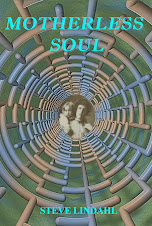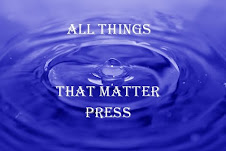 I've Got Your Number by Sophie Kinsella
I've Got Your Number by Sophie KinsellaMy rating: 5 of 5 stars
It's been more than two decades since I saw the movie Amadeus, but I still remember a scene where Salieri looks at a score Mozart has written and is both amazed and jealous of the lack of scratch outs and eraser marks. The feeling I get from Sophie Kinsella's books reminds me of that. When I write, I rewrite over and over again. And most of the books I read feel as if they've been rewritten numerous times. But sometimes I want a book that feels as if it's being told by someone sitting next to me instead of one that feels as if the writer spent hours polishing it. Kinsella's books are light, funny stories generally centered around a flaky young woman who is much brighter and more capable than she realizes. I've Got Your Number is a funny book, with an easy style and a plot that caught me and kept me reading.
The story is about Poppy Wyatt, a young woman engaged to the handsome son of a couple of academics who are famous enough to have their own television show. The parents intimidate her and the fiance doesn't treat her with respect. Her life is changed when someone steals her cell phone and she finds another in a waste basket. She ends up sharing a phone with the head of White Globe Consulting, a highly successful firm with government connections. Sharing a phone is extremely personal. Here's what Poppy says about it:
I mean, Magnus has seen every inch of my body, including the dodgy bits, but I would never, ever let him near my phone.
Early on in I've Got Your Number Kinsella appears to be taking a swipe at the type of high brows who would most likely not be among her readers when Poppy reveals that she once published a letter in a magazine that was intended to be funny.
Of course, humor is a form of expression which one should factor into one's cultural narrative,” says Wanda doubtfully. “I think Jacob C. Goodson has done some interesting work in 'Why Humans Joke.'”
But Kinsella is also saying that what we hear relates as much to our own self images as it does to the words that are spoken. Poppy needs to understand herself before she can understand Wanda and her husband, Antony.
View all my reviews









